[adrotate group=”1″]
As gravel and adventure cycling grow in popularity, we’re seeing more and more products designed to filter out bumps and vibration before they reach the rider. The ShockStop suspension stem from Redshift Sports is one such new product.
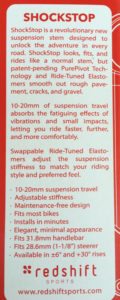 The ShockStop is a fresh take on the “suspend the rider, not the bike” concept popularized by Allsop/Softride in the 1990s, but thankfully, that’s where the similarities end. But that said, I was around back then, so I approached this test with a bit of trepidation.
The ShockStop is a fresh take on the “suspend the rider, not the bike” concept popularized by Allsop/Softride in the 1990s, but thankfully, that’s where the similarities end. But that said, I was around back then, so I approached this test with a bit of trepidation.
As it turns out, my fears were unwarranted. I’ve been riding a ShockStop stem for the past few months in a wide variety of conditions and am ready to report on my experience.
Earlier this year, Guitar Ted did a comprehensive review of the ShockStop, and overall came away impressed with its performance. Check out his reports: Getting Rolling; Checkpoint; At The Finish.
ShockStop Specifications
Unboxing the ShockStop, it’s not immediately noticeable that there’s
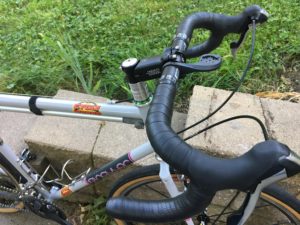
anything special going on relative to a traditional stem. Holding the stem in my hand, it didn’t feel particularly light, but it’s also not bad considering it’s hiding a couple elastomers, a pivot, bearings and hardware inside.
In my haste to mount the ShockStop up, I forgot to weigh it. That said, since Guitar Ted and I both tested 90mm versions, I have to assume mine weighed in at a similar weight to his, or 255 grams (on his scale).
Considering a Thomson X4 stem weighs 154 grams (mfg. claimed) in a similar size, you’ll likely add 50-100 grams to your bike with a switch to a ShockStop. Weight weenies won’t like this, but for those of us who know what it’s like to ride several hundred miles in a day, it’s not a huge weight penalty for the benefit it provides.
The ShockStop is suspended by elastomers hidden inside the stem extension. They’re easily-swappable by removing the handlebar faceplate and unscrewing a small retaining screw. Five different densities of elastomers are included, and the included instructions give a good, (and from my experience) accurate reference as to which elastomers should be used with flat or drop bars, for riders of various weights.
First Impressions
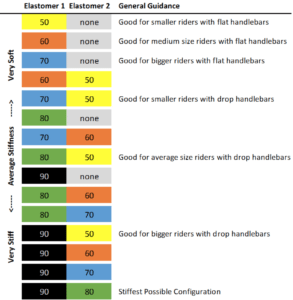
As I unboxed the ShockStop, the stem had a feel of quality in my hand. The quality of the black finish was very nice and the fasteners had a solid, if a bit industrial, look to them. Overall, I was impressed.
Initial installation was straightforward, similar to a typical stem with a four-bolt faceplate. That said, it’s important to follow the installation instructions to the word, particularly if you’re swapping out elastomers. An example is the bolt that secures the elastomers. It is small and requires very little torque. As a result, it’s an easy bolt to over tighten and inadvertently damage. Follow the instructions and you’ll be just fine.
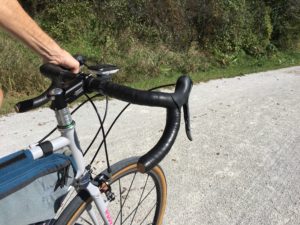
My first ride on the ShockStop was a local loop I’m familiar with. I could immediately tell it was working hard… Perhaps too hard. Upon return to the shop after my first ride on the ShockStop, I decided to install one step stiffer elastomers than stock. With the stock setup, it felt like my static position was sagged too far into the stem’s travel. The stiffer elastomers effectively reduced the static sag in the stem, which reduced the sensation of movement while preserving the ability to absorb bumps and vibration.
Living with the ShockStop
Once I made the elastomer change, I was good to go with the performance of the ShockStop stem. It required no maintenance and felt just as stiff side-to-side as a traditional stem. Clearly Redshift Sports has done its homework on the pivot design. Impressive…
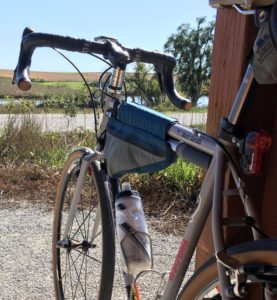
One question I had was how it’d perform in colder, sub-freezing temperatures. Back in the 1990s, when elastomers were used in suspension forks, they earned a horrible reputation for cold weather performance, so I was curious to see how these new elastomers would fare.
Much to my surprise, the ShockStop continued to perform well, even on rides in the mid 20-degree (F) range. There may have been a slight stiffening on the really cold rides, but overall it was much better than I’d expected coming into the test.
Final Thoughts
I’ve used the ShockStop stem on rides ranging from 25 to 150 miles and it’s been totally reliable. In fact, the stem is still installed on my go-to Singular Kite gravel rig and I have no intentions of taking it off. It’s effective on its own at reducing bumps and vibration. That said, I feel the ShockStop is potentially even more effective when you use it in tandem with vibration-reducing technology in your seatpost and/or saddle.
In testing the ShockStop, I tried it with three seatposts: a rigid alloy Thomson; a Niner RDO carbon post (designed to flex more than traditional posts); and the BodyFloat suspension post from Cirrus Cycles (which I tested on RidingGravel.com in 2016). While the ShockStop worked well with the Thomson post, it worked even better with the Niner RDO post. It felt like the compliance from front-to-rear was balanced, with a similar overall ‘feel’.
I liked the ShockStop with the BodyFloat post as well. It was definitely smoother and more balanced front-to-back than the BodyFloat with a traditional stem, but it lacked the homogeneity of the ShockStop/RDO combination. As a result, moving forward, I’m going to try to keep the two components together, even when running on different bikes.
Bottom line: the ShockStop stem does what Redshift Sports says it’s supposed to do. And while it’s heavier than a traditional stem, the weight difference is hardly objectionable considering the stem’s performance at reducing bumps and vibration felt through the hands. The combination of ‘normal’ looks and unique performance are compelling to me, and the $139.99 price seems very fair. Well done, Redshift Sports.
NOTE: Redshift Sports sent over the ShockStop stem at no charge for test and review. We are not being paid nor bribed for this review and we strive to give our honest thoughts and opinions throughout.


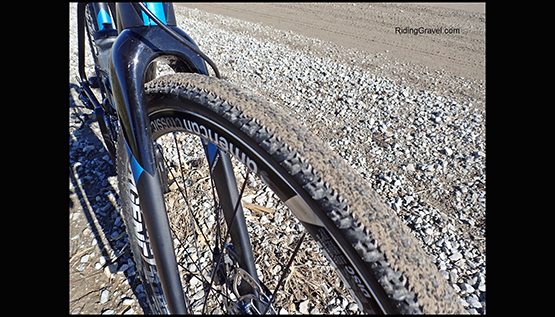
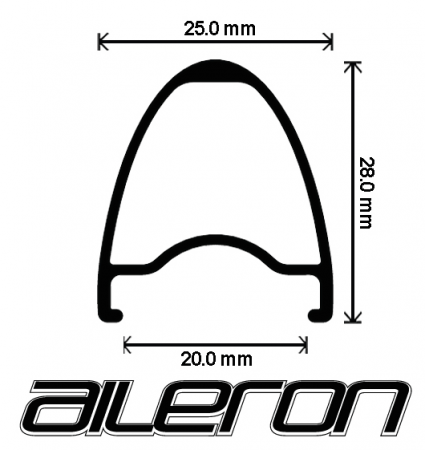


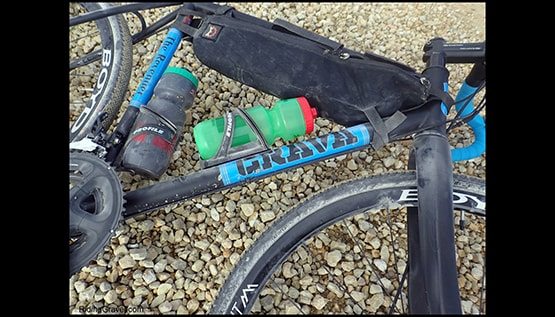
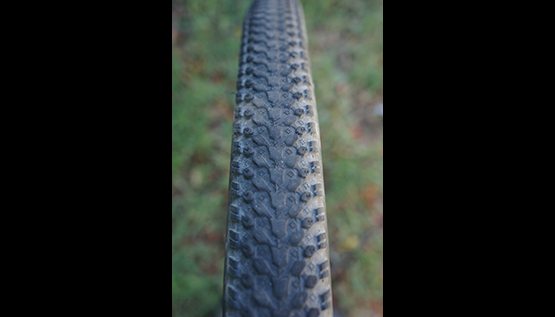
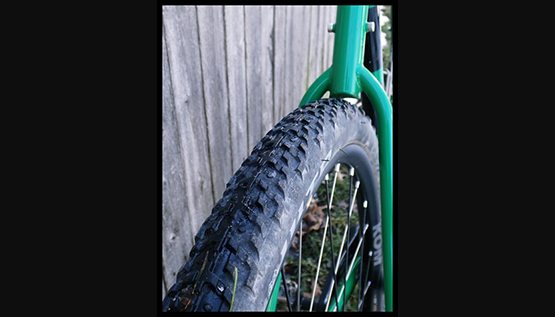
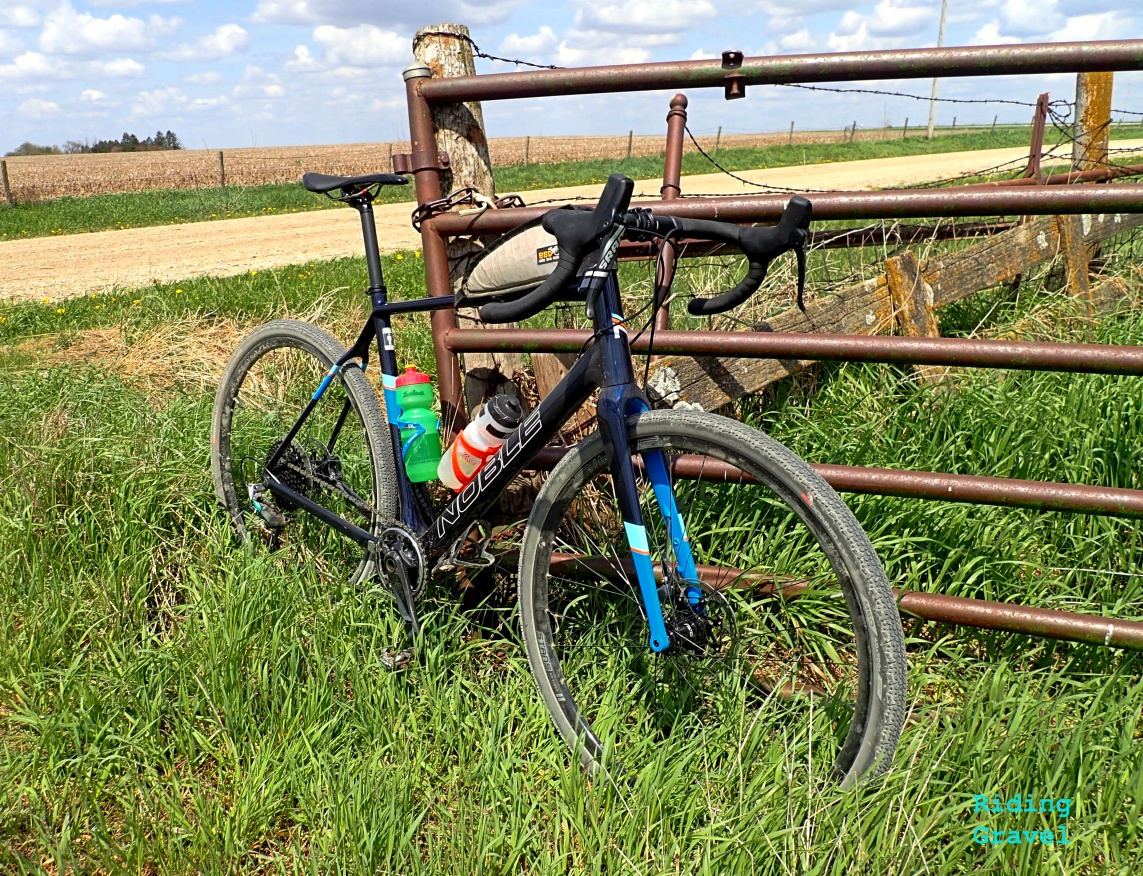

For reference, my 100mm example weighed in at 280 grams. Not light.
On the plus side – it just sits there quietly and works. You don’t notice it at all – until the end of the ride when you realize that your wrists and hands don’t hurt like they normally would. It’s good stuff, and well worth spending the money and grams on.
Thanks Erik – That’s good feedback, and I agree with you on all points. The difference is subtle, but after 150 or more miles, the cumulative effect is impressive.
Love mine. Didn’t realize how much until a friend and I switched bikes on a ride. That lasted for about 15 minutes before I made him switch back. He ordered one that evening. Concur with it being well worth the money and additional weight.
Just installed last night on my trek domane disc. Did a 60 mike ride on rough roads. Amazed from the get-go at how the stem smoothed out the road noise, and even softened the bigger blows. For the first time on my domane I feel like the front and rear suspensions are in balance. The stock elastomers worked well for me on the road. Whether they will be adequate for gravel remains to be seen. Overall, great product that seems to deliver on it’s promises. Only knock is I detect a low squeak noise at times when suspension is active. Almost like a chirp. Anyone else notice this? BTW, also installed the computer mount, and really like it as well.
I own two ShockStops, a 30-degree, 90mm one on my gravel bike and a 6-degree, 90mm one on my road bike, and they’re both dead silent.
-Ed
I purchased a new Bianchi All-Road Gravel bike and put a Redshift Shock Stop stem on it. Absolutely great for tackling the local gravel and dirt roads. When your ride takes you on and off road it’s better than riding with less air or huge tires. It works best for me with a little preload, so now I actually put weight on my bars when I’m coming up to bumps where I used to right light on the bars to try to minimize the jarring. I ended up going a bit lighter than their recommendation, at least that seems good for gravel.
make sure you grease the inserts